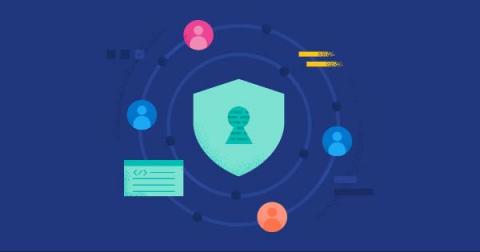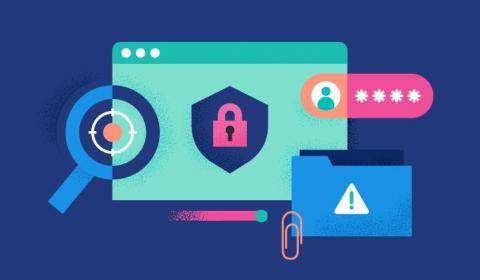Security | Threat Detection | Cyberattacks | DevSecOps | Compliance
SIEM
The latest News and Information on Security Incident and Event Management.
Industrial control systems security with Elastic Security and Zeek
National Cybersecurity Deep Dive: Invest in a Resilient Future and Forge International Partnerships
The first three pillars of the National Cyber Security Strategy focused on activities that could be accomplished in the near term–perhaps within a few years. The last two pillars start looking at some challenges that we need to address now.
Elastic Security in the open: Empowering security teams with prebuilt protections
Micro Lesson: Cloud SIEM Global Intelligence for Security Insights
CS Brown Bag 4 25 Observability
Building a cybersecurity plan for the State and Local Cybersecurity Grant Program (SLCGP)
People or AI?
Security teams are faced with relentless cyberattacks, and they cannot engineer defenses fast enough. SOC teams face limited visibility, insufficient context, and the inability to identify the threats that matter. Analysts are even more burned out, switching from tool to tool, frantically trying to make sense of what they are seeing.
Enhance SOC workflows with Elastic Security and Recorded Future threat intelligence
US National Security Deep Dive Pillars 2 and 3: Dismantle Threats and Shape Market Forces
Last time we looked at The US National Security Strategy Pillar 1: Defend Critical Infrastructure. Today, we are looking at Pillar 2: Disrupt and Dismantle Threat Actors and Pillar 3: Shape Market Forces to Drive Security Resilience. Preventing the attacks in Pillar 1 would not be necessary if the attackers were taken off the board.










